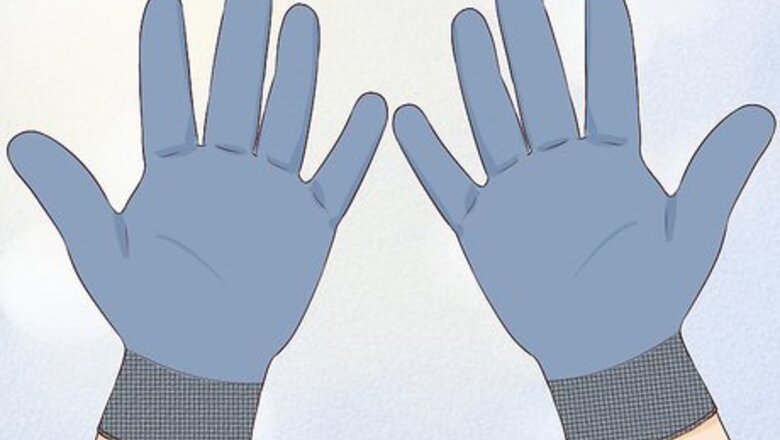
views
Removing Dust, Watermarks, and Fingerprints
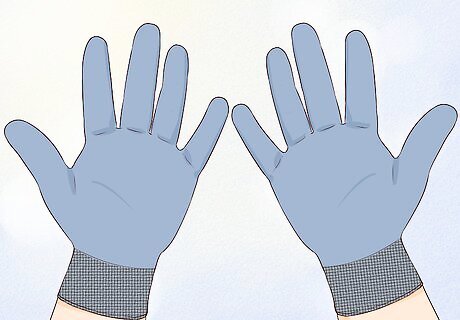
Wear clean cotton or nylon gloves. Gloves will keep additional fingerprints off your negatives. Make sure the gloves are free of lint and dust. This will prevent your negatives from getting scratched during the cleaning process. You can buy these gloves in your local photography supply store.
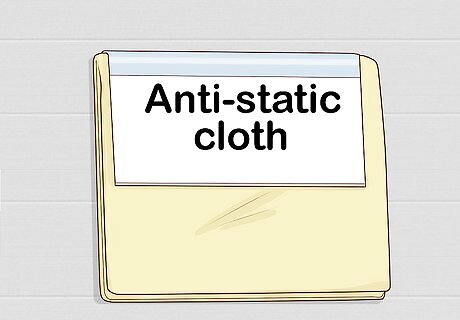
Use a dry antistatic cloth. Static attracts dust, so it's important to avoid other kinds of cloths. The cloth should be soft and clean. Softness and cleanliness will protect your negatives from scratches. Anti-static cloths are available at photography supply stores.
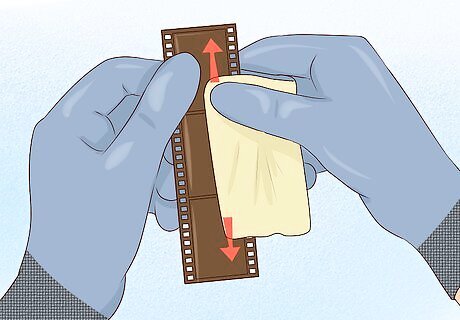
Clean the negatives. Take the cloth in your dominant hand. Drape it over your palm and fingers. Partially close your hand to form a C. Hold each negative in your non-dominant hand. Gently rub the negative over the cloth until it's free of dust.

Spray the negatives with antistatic film cleaner. If the cloth didn't do the trick, spray one squirt of cleaner onto a nonabrasive antistatic cloth. Gently move the cloth over the surface of the negative. Use light back-and-forth strokes until all dust, watermarks, and/or fingerprints are gone. The cleaner will dry immediately. You can buy it at your local photography supply store. Antistatic film cleaner emits potent, potentially toxic, fumes. Make sure your workspace is well ventilated. Wear a mask for extra protection.
Removing Dirt, Rust, or Mold
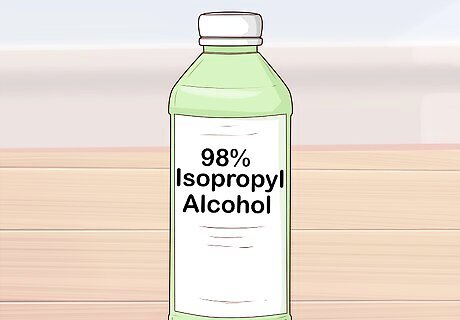
Purchase 98 percent isopropyl alcohol. Avoid regular rubbing alcohol from the medicine cabinet, which will leave streaks on the surface. Make sure the product is free of additives, which could damage your negatives. You can buy a higher concentration at the hardware store or at the gas station. If you're shopping at the gas station, 98 percent isopropyl alcohol might be sold as “dry gas.”

Find a well-ventilated space. Isopropyl alcohol in high concentrations emits fumes. Work in a room with an open window. If possible, place a fan in the window so that it faces the outside. This will draw fumes out of your workspace.
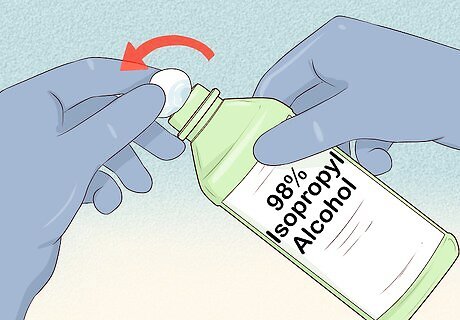
Wet a cotton ball or static-free cloth with the alcohol. After putting on your gloves, uncap the alcohol. Place the cotton ball or cloth over the top of the bottle. Turn the bottle upside down for about a second. Return the bottle to an upright position and replace its cap.
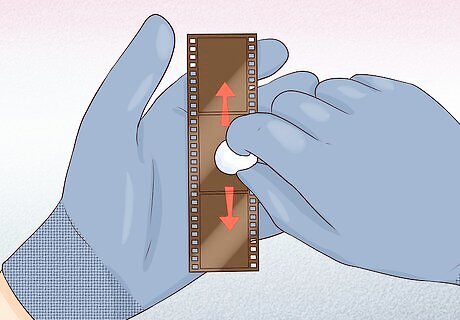
Wipe the negative. Holding the negative in your dominant hand. Use your other hand to clean the surface. Move in a gentle back-and-forth motion until the gunk is completely gone. Allow the negative to air dry.
Keeping Negatives Clean and Undamaged
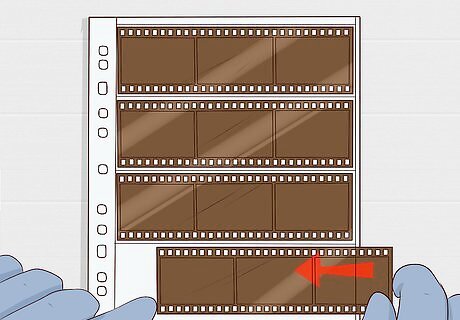
Place negatives in protective containers. These can be acid-free paper sleeves or polyethylene pocket pages. Once you've sorted your negatives, store them in fire-proof metal slide boxes. You can buy all of these at your local photography supply store.
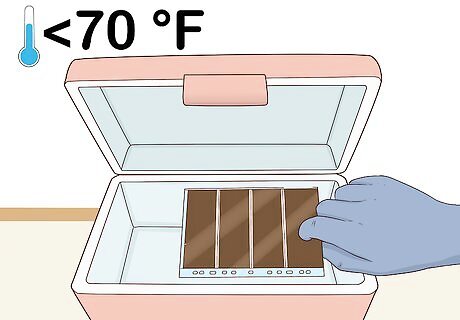
Store the negatives in a cool location. Heat can discolor and disfigure negatives. Choose a room with an ambient temperature no higher than 70 °F (21 °C). Keep the negatives away from heat sources such as vents, radiators, and windows receiving direct sunlight. For contemporary color negatives, the temperature should be no higher than 40 °F (4 °C).
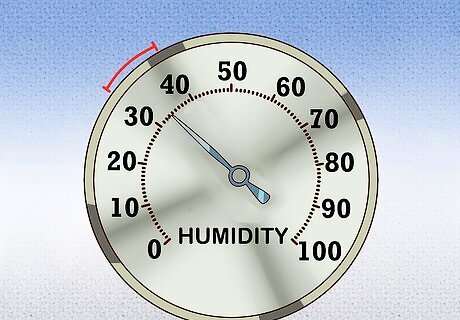
Control the storage room humidity. Humidity can trigger the growth of mold and rust. Too much moisture in the atmosphere can lead to watermarks on the negatives. Don't allow the relative humidity to rise above 30-40 percent. If your negatives are heirlooms or antiques, you should consider investing in a hygrometer, which measures ambient humidity.




















Comments
0 comment